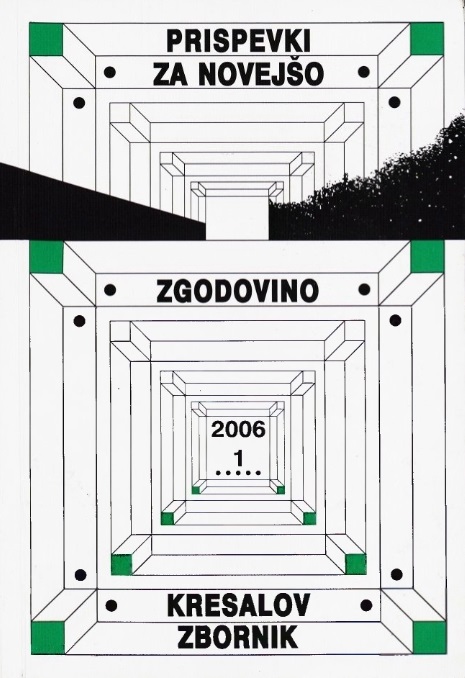Gospodarske razmere v Osmanskem cesarstvu v 19. in 20. stoletju
The Economic Situation in the Ottoman Empire in the Nineteenth and Twentieth Century
Author(s): Klemen PustSubject(s): Economic history, Economic development, 19th Century, Pre-WW I & WW I (1900 -1919), The Ottoman Empire
Published by: Inštitut za novejšo zgodovino
Keywords: Ottoman Empire; Turks; 19th and 20th century; economy; economy; economic development;
Summary/Abstract: For the best part of its existence spanning over six centuries, the Ottoman Empire could most aptly be described as bureaucratic and agrarian. The paper analyses its economy, as well as economic institutions and reasons for its longevity. To this end, the author also analyses the economic and political situation in the Empire and its development. Just as it is impossible to speak merely of an all-pervading crisis in the Ottoman economy after the sixteenth century, it would be similarly inappropriate to equate all economic traits in each of the subsequent centuries up to 1922. The survival of the empire, in fact, depended on the central government's pragmatism, flexibility and ability to adapt to constant challenges. The Ottoman governing structures were sufficiently flexible to remain in power even during the transition to a specific capitalist type economy. However, the readiness of the Ottoman state to welcome changes was limited by its defence mechanisms, which tended towards the preservation of the traditional order. A total symbiosis with the new challenges in the nineteenth and twentieth centuries could not therefore be achieved.
Journal: Prispevki za novejšo zgodovino (before 1960: Prispevki za zgodovino delavskega gibanja)
- Issue Year: 46/2006
- Issue No: 1
- Page Range: 97-110
- Page Count: 14
- Language: Slovenian

